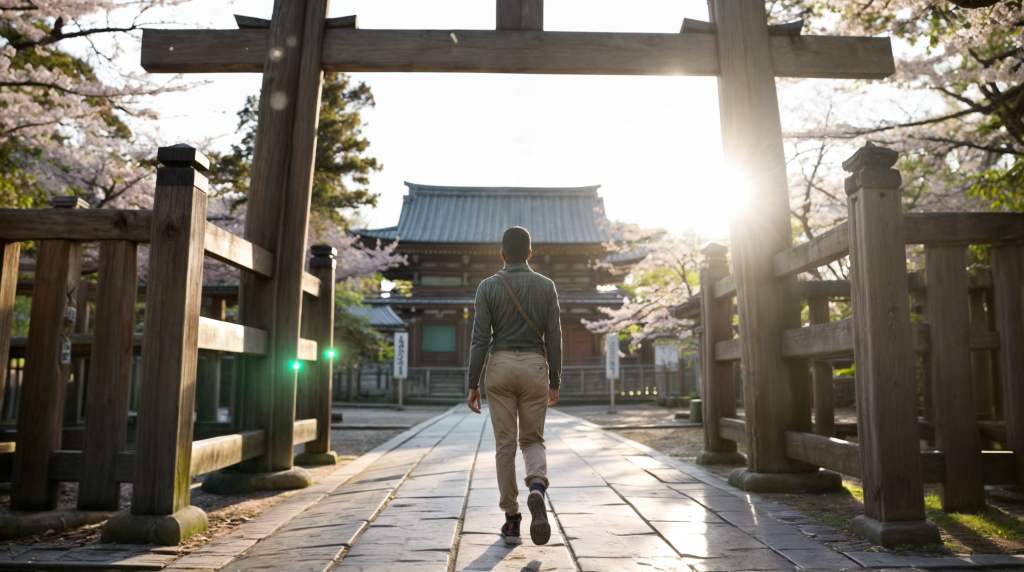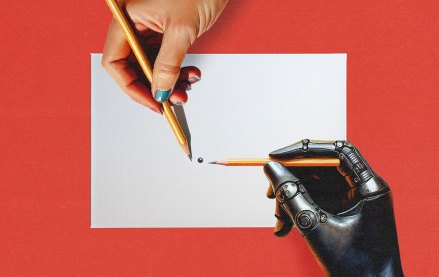Brandtech’s Pencil unit makes use of Google’s Veo 2 tech to craft AI content in hours, not weeks

Generative AI tools keep finding their way deeper into the world of agencies in varying ways — but their main value seems to still be in saving time and money for creative output and execution.
The latest example, Digiday has learned, comes from Brandtech Group’s Pencil unit, which is charged with offering AI-driven creative marketing solutions for a number of clients. Pencil is collaborating with Google to integrate the latter’s AI-based video generation model, Veo 2, into its offering.
The integration accesses Google’s AI models, such as Gemini for text generation, Imagen 3 for image creation and Google Cloud’s ABCD framework for asset analysis into a single interface. The aim is to enable marketers to generate and deploy high-quality, AI-driven content with efficiency and scale.
Pencil and sibling agency Jellyfish, have already put Veo 2 to use for client Japan Airlines, which was looking to enhance its inflight entertainment content. Pencil created a range of AI-generated films being shown on passengers’ seat back monitors on select flights — all of it designed to encourage more tourism in Japan, courtesy of the airline.
“The quality of marketing on lots of channels, like little screens on the back of a seat on an airline can be made better because now there are resources to make that marketing better,” said Will Hanschell, CEO and co-founder of Pencil. “That has an implication for the brand, yes, but also for the consumer, because now they’re seeing content that’s slightly more relevant to the time of year or the flight they’re on.”
“We are always thinking of ways to help travelers curate memorable itineraries and learn more about traditional and unique travel experiences throughout Japan,” said Minako Kent, JAL’s managing director of global marketing. “The advances in text-to-video through Google’s Gemini models allow us to create content inspired by the incredible diversity of Japan’s destinations, offering a new level of engagement for our customers.”
The main selling point of the work is high-level realism, detail, and control that Veo 2 delivers — creating high-quality video from text and image prompts. Google’s Gemini models with Google Cloud were used to script and curate the content. The entire creative process – from concept to final production -was completed in less than 15 hours by a hybrid team from Brandtech group companies Jellyfish and Pencil.
“It’s, in many ways, the first commercially-ready video generation model that comes with the enterprise-grade backing of Google’s indemnity for marketers, who are using it to generate content,’ said Hanschell. “And it’s ready to be used to make ads that are going to go live in the real world.”

Hanschell did stress that none of the work, for Japan Airlines or other clients, gets delivered without some human oversight, if only to ensure that hallucinations don’t sneak through – even though he said AI technology is advancing to the point where fewer hallucinations occur.
A source close to Pencil, who spoke on the condition of anonymity, said Google marketing teams have trialed Pencil in over 50 pilot projects. From nearly 80,000 generations, about 25,000 final assets were produced. The ads delivered results, including reductions in time and costs of 20-30% for high-end creative executions and up to 80-90% savings for mass-scale executions.
“AI is helping agencies revolutionize marketing for their clients,” said Lisa O’Malley, senior director of industry products and solutions at Google Cloud, who showed off some of Jellyfish’s work for Japan Airlines at Google Cloud Next 25.
More in Marketing

Best Buy, Lowe’s chief marketing officers explain why they launched new influencer programs
CMOs launched these new programs in response to the growing importance of influencers in recommending products.

Agencies create specialist units to help marketers’ solve for AI search gatekeepers
Wpromote, Kepler and Jellyfish practices aim to illuminate impact of black box LLMs’ understanding of brands search and social efforts.

What AI startup Cluely gets — and ad tech forgets — about attention
Cluely launched a narrative before it launched a tool. And somehow, it’s working.






